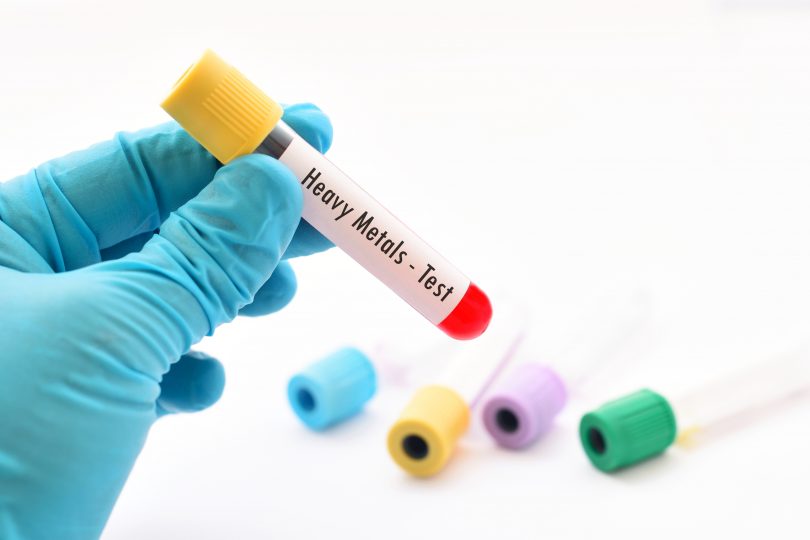- May 2, 2023
Heavy Metal Testing: Understanding The Necessity
Heavy metal testing is an essential process that can help identify potential health risks associated with exposure to heavy metals. Heavy metals are naturally occurring elements found in the earth's crust and are sometimes released into the environment through industrial activities.
Long-term exposure to heavy metals can be hazardous to human health, so testing for the presence of these metals is essential for the safety of both individuals and communities. To get more details about heavy metal tests you may visit https://profithpm.com/functional-lab-testing/.

Image Source: Google
Heavy metal testing can be conducted on water, soil, air, and other materials. The most common heavy metals tested for include lead, mercury, arsenic, cadmium, chromium, and nickel. Testing for these metals can help detect if levels are too high in any given area.
Testing can also help identify sources of contamination, such as industrial waste or runoff from mines. For individuals, heavy metal testing can be used to determine if they have been exposed to a dangerous level of any particular metal.
This type of testing is often done when working with certain materials or when living in an area with known or suspected contamination. It is also sometimes done to monitor the health of pregnant women or infants, as some metals can cause serious health issues for developing babies.
Heavy metal testing is an important step in ensuring the safety of both individuals and the environment. Without testing, it can be difficult to know if a particular area or material is contaminated with dangerous levels of heavy metals. Testing can also help pinpoint the source of contamination, which can help to prevent further exposure.